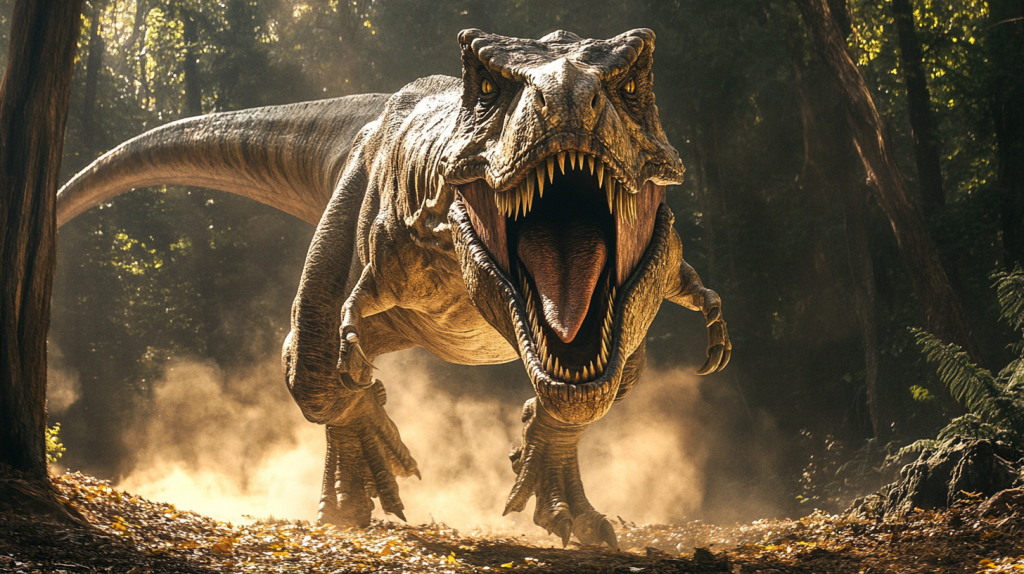Ask any child what their favorite dinosaur is, and 9 times out of 10 they’ll say a T-Rex. Thanks to movies, comics, and incredible skeletons, Tyrannosaurus Rex is rightfully crowned King of the Dinosaurs.
But what we thought we knew about this fearsome predator is changing fast. New discoveries are shaking up old beliefs and painting a very different picture of T. Rex. From its hunting habits to its family life, scientists are uncovering surprising facts that challenge everything we once thought was true.
T. Rex Was Probably Covered in Feathers
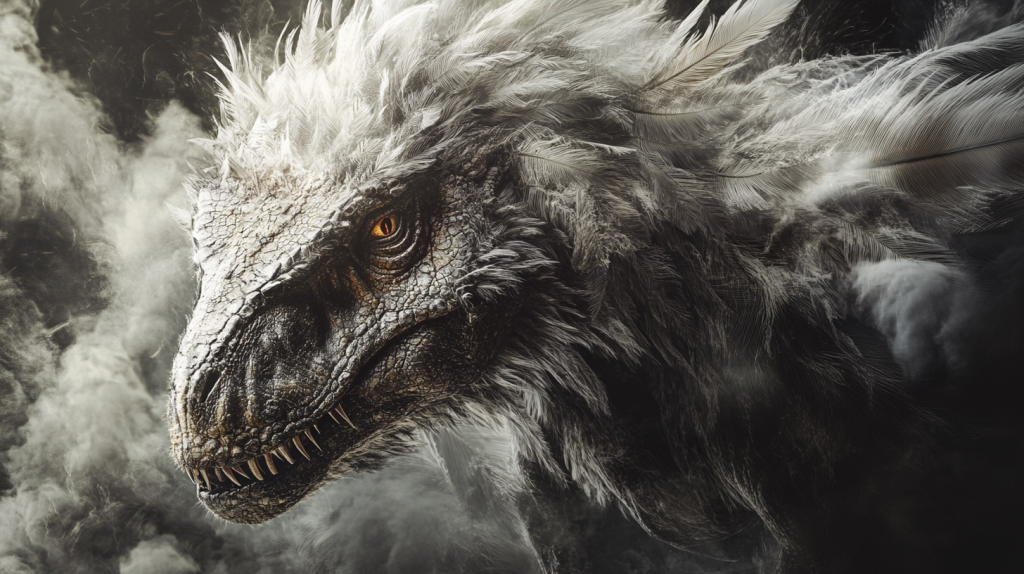
Recent evidence suggests that T. Rex might have been covered in feathers, not scales. Fossil finds of its close relatives show clear signs of feathery coverings. This means the T. Rex we see in movies might be all wrong. Imagine a giant, feathered predator instead of a scaly one!
T. Rex Had Incredible Eyesight
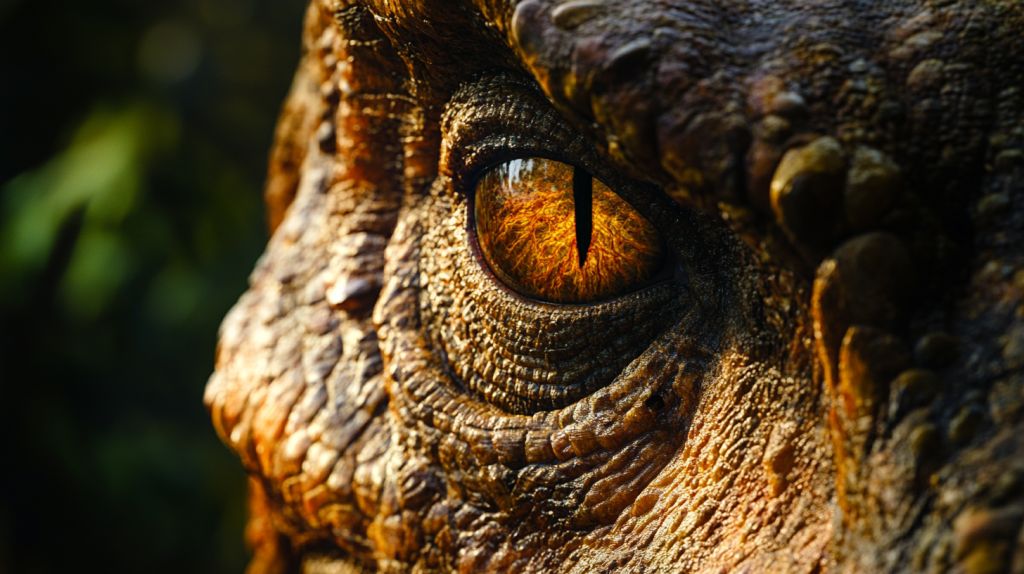
T. Rex had some of the best vision in the dinosaur world. Its eyes were as big as oranges and faced forward like a hawk’s. This gave it depth perception and the ability to spot prey from great distances.
It Wasn’t Always at the Top of the Food Chain
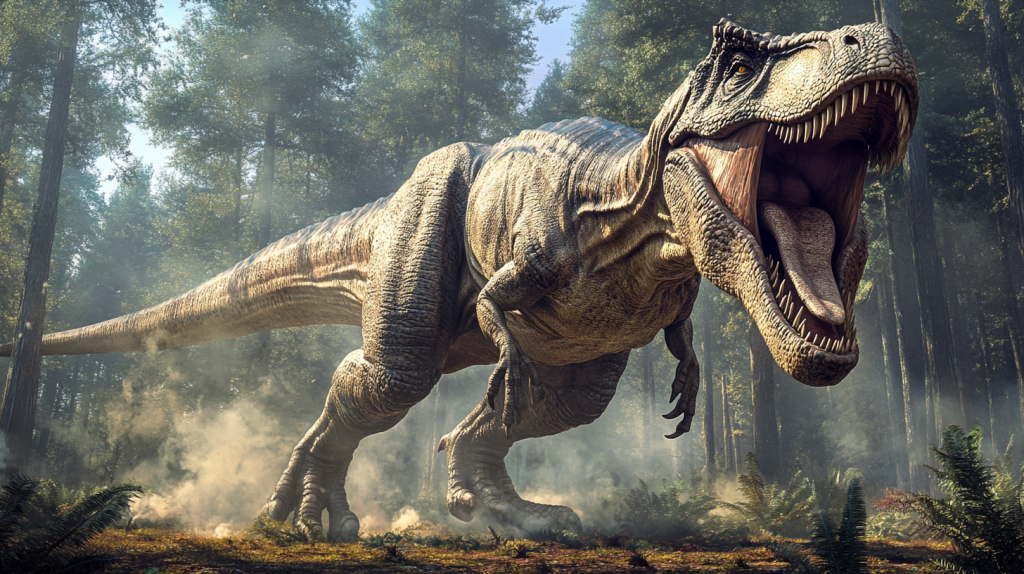
T. Rex wasn’t always the king. For most of its existence, it was a medium-sized predator. It only grew to its massive size in the last few million years of the dinosaur age.
Its Bite Was Even Stronger Than We Thought
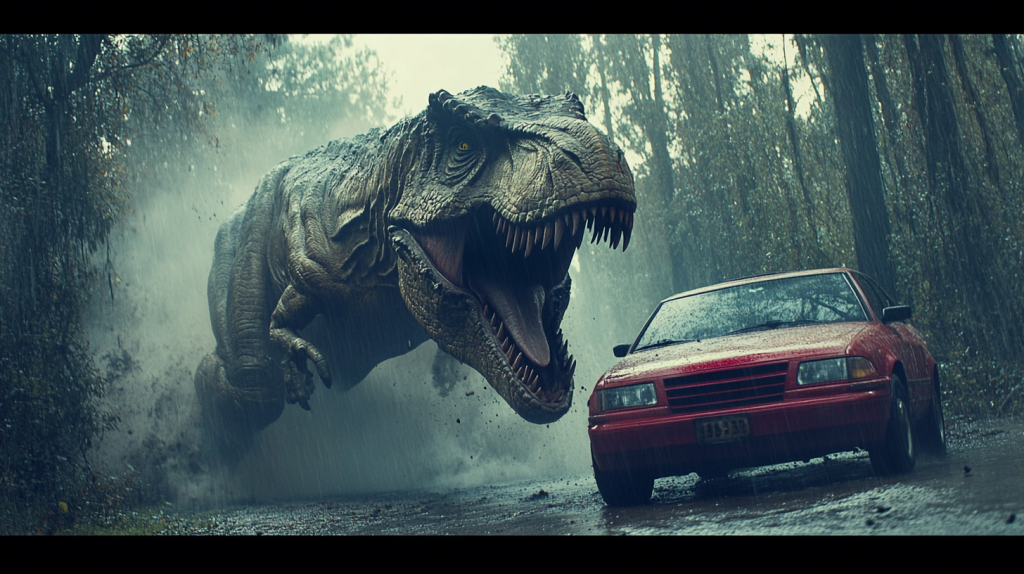
New research shows that T. Rex’s bite was even more powerful than previously believed. It could exert up to 8,000 pounds of force, enough to easily crush a car. This made it the strongest biter of any land animal ever.
T. Rex Had a Sensitive Snout
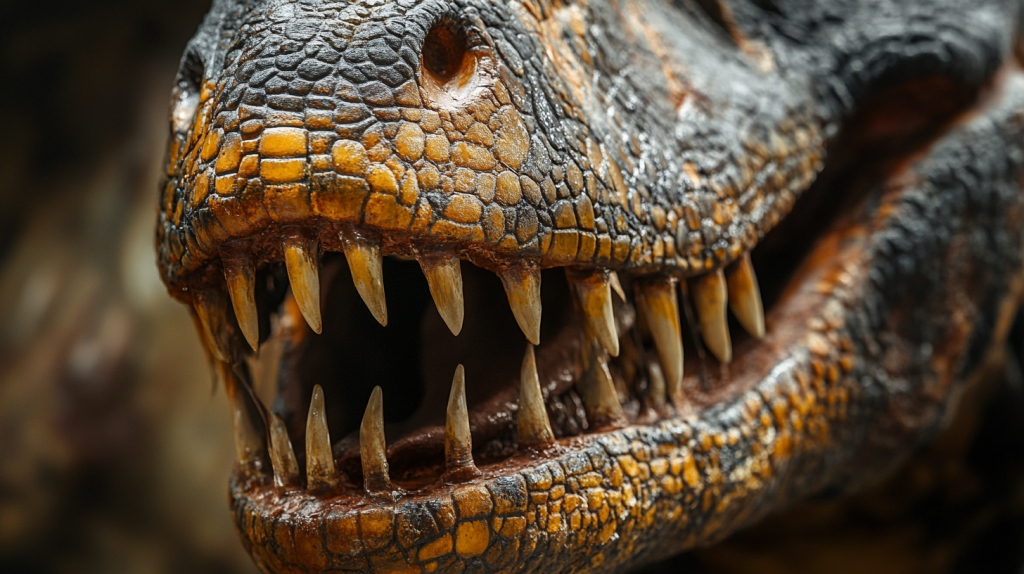
The T. Rex’s snout was covered in tiny holes that housed sensitive nerves. This gave it a highly developed sense of touch, similar to a crocodile. It might have used this to gently pick up its young or to feel for the best spots to bite its prey.
T. Rex Was a Fast Walker
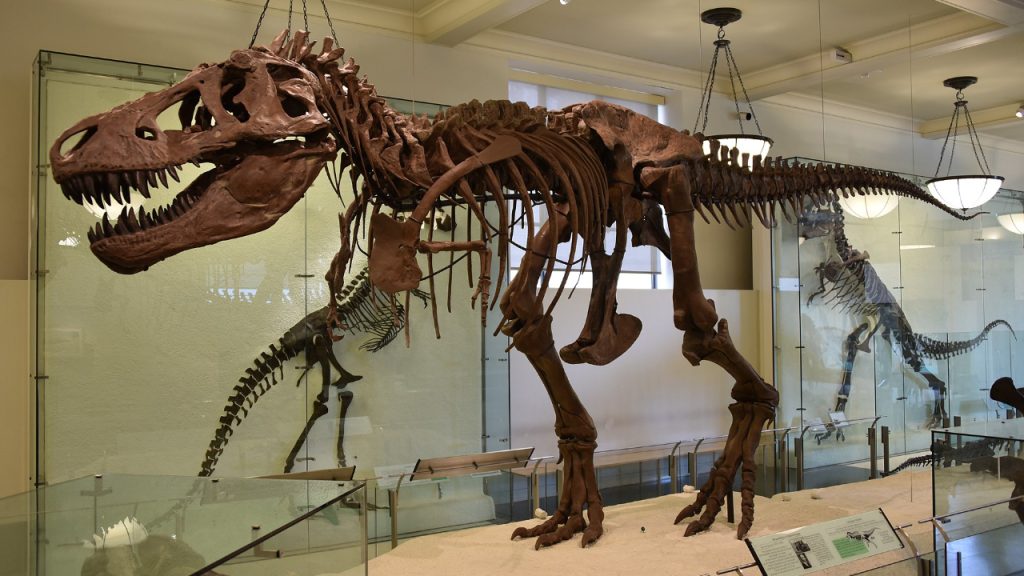
While it couldn’t run as fast as once thought, T. Rex was an efficient walker. It could cover long distances at a steady pace of about 12 miles per hour. This endurance would have made it an excellent pursuit predator.
Its Brain Was Bigger Than We Realized
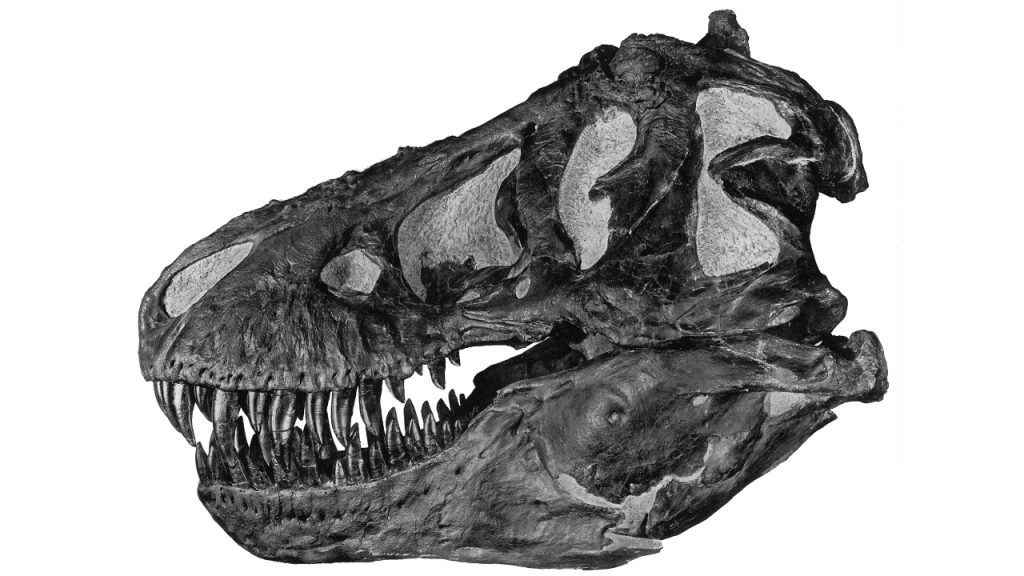
Recent studies show that T. Rex had a larger brain relative to its body size than previously thought. This suggests it was smarter and more adaptable than we gave it credit for. It might have been capable of complex behaviors and problem-solving.
T. Rex Had a Built-In Air Conditioner
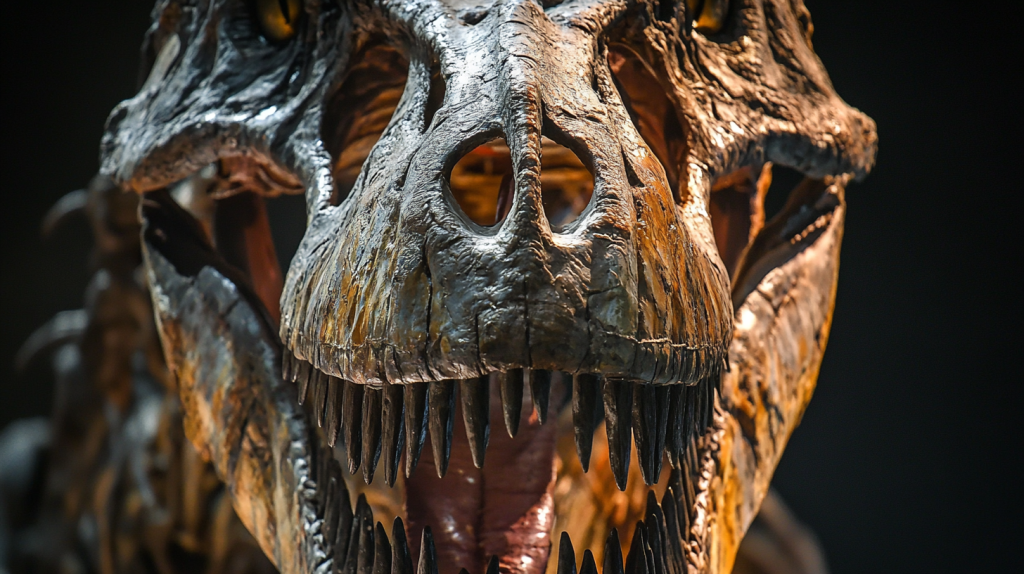
T. Rex had large holes in its skull called dorsotemporal fenestrae. New research suggests these acted like an air conditioning system, helping to cool its big brain. This feature might have allowed it to be active for longer periods in hot climates.
T. Rex Teeth Were Self-Sharpening
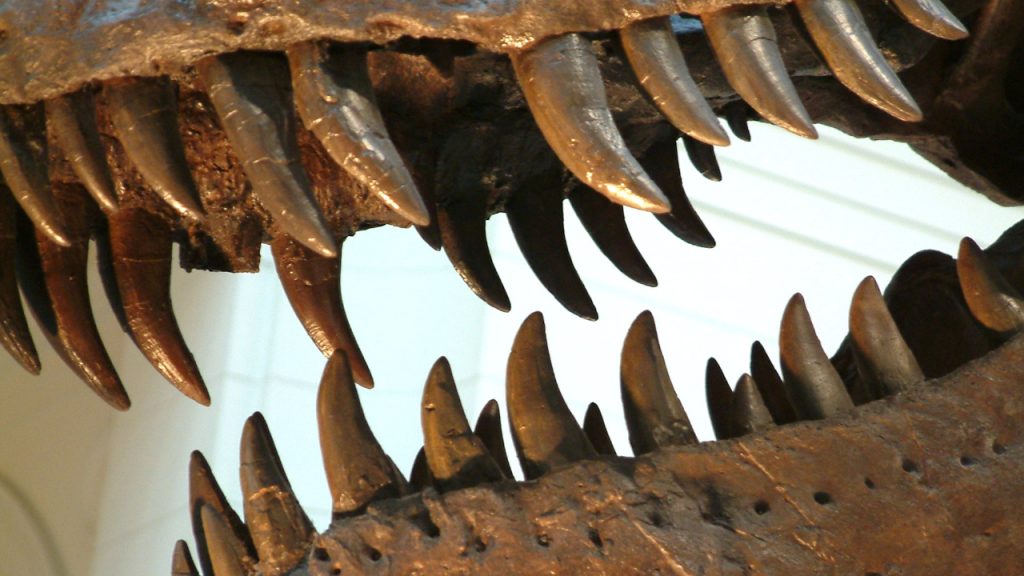
T. Rex’s teeth were constantly being replaced and were self-sharpening. As they wore down, they exposed new, sharp edges. This ensured that T. Rex always had a mouthful of razor-sharp teeth ready for its next meal.
It Might Have Been Warm-Blooded
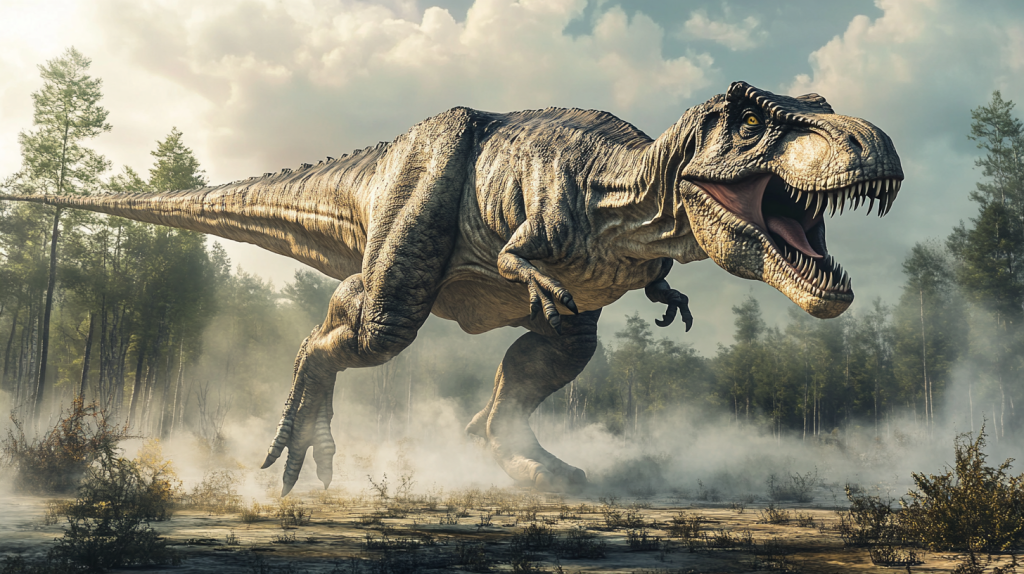
New evidence suggests that T. Rex might have been warm-blooded, like modern birds and mammals. This would have given it more energy and endurance than cold-blooded reptiles. It could explain how T. Rex was such a successful predator.
What Meg Got Wrong About Megalodons and 27 Other Fascinating Facts About These Colossal Prehistoric Sharks
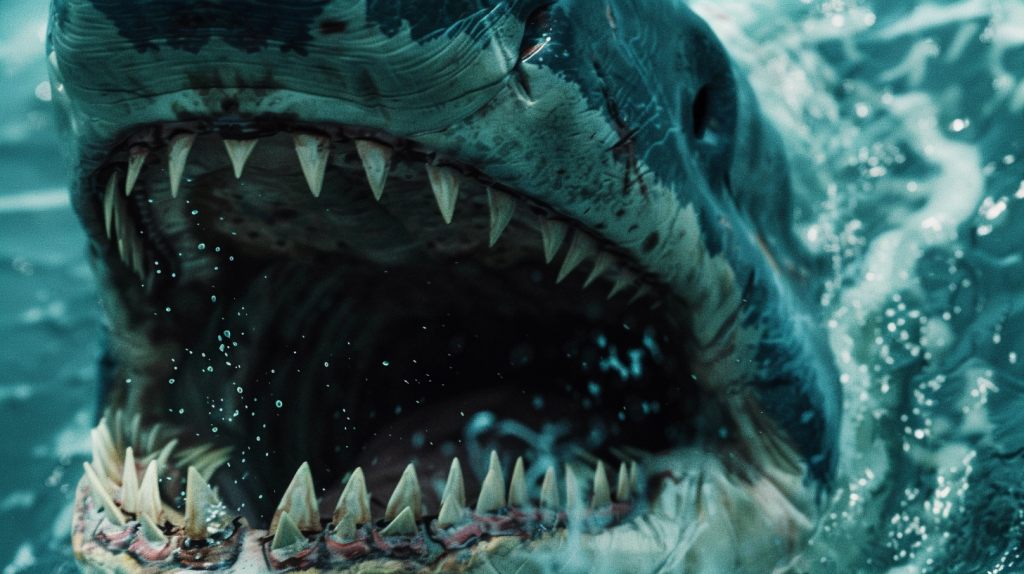
The megalodon, a massive predator that once ruled the seas, has been extinct for millions of years. Its scientific name, Otodus megalodon, means “giant tooth,” reflecting the enormous size of its teeth, which are far larger than those of today’s great white sharks. The discovery of these teeth has given us valuable information about the megalodon’s life and extinction.
Ellen has been obsessed with logic puzzles, jigsaws, and cryptograms since she was a kid. After learning she was taught how to play chess wrong by a family friend (so they could win), she joined her school chess club and the rest is history.
